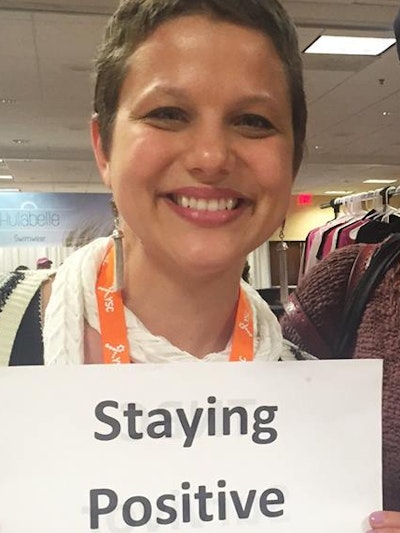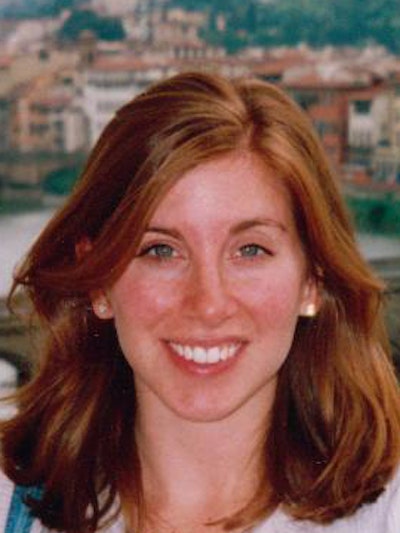1. Continued funding for Dr. Nielsen (see below) for his studies on CELF-1 for two additional years
2. Continued funding for Dr. Julio Aguirre-Ghiso (see below) for two additional years to study dormancy, immune system, and metastasis
3. Funding two new two-year Innovation Grants. Request for Applications has been sent to all US cancer centers in second half of 2023. Letters of interest and subsequent applications will undergo intense peer review by a panel of experts to establish priority for funding. Final selection of grantees in progress.
2023
Collaborative grant between Samuel Waxman Cancer Research Foundation, Triple Negative Breast Cancer Foundation and the Mark Foundation for Cancer Research awarded to an outstanding team at Harvard Medical School and at Dana-Farber Cancer Institute – Sandra McAllister, Ph.D. (Harvard) and Kornelia Polyak, M.D., Ph.D. (Dana Farber)
The Samuel Waxman Cancer Research Foundation collaboration with the TNBC Foundation has contributed important publications that provide ways to overcome the two major obstacles to TNBC cure - the malignant phenotype which lacks the usual targets available in breast cancer and the high potential for metastasis. To that end, our collaboration has made progress as follows: 1a) The identification of a target that controls gene information that contributes to the TNBC malignant phenotype. Inhibitors have been constructed and when used in TNBC animal models change the TNBC phenotype to a more benign form of breast cancer, prevents metastasis and markedly prolongs disease free survival. This is research by the labs of Dr. Samuel Waxman and Dr. Ming Ming Zhou at the Ichan School of Medicine at Mount Sinai1,2,3. Presently the lead inhibitor is being modified for greater activity to be used in animal studies. Ongoing funding is from another source.
1b) Past TNBC/SWCRF support for research by Dr. Robert Weinberg at Whitehead Institute at MIT has described a compound called follistatin which changes the TNBC malignant phenotype to a more benign type. Further study is coming from a NIH grant based on our initial funding.
2) Dr. Jay Debnath, at the University of California, San Francisco, and head of pathology, reported a breakthrough observation in a major journal which demonstrated the impact of abnormal cell death by the process of autophagy. This contributes to the development of metastasis in breast cancer including TNBC4,5,6. Subsequently, these studies which were made possible by funding from the TNBC collaboration, Debnath was able to obtain more than $25 million in research funding from the NIH and another large foundation. He acknowledges the importance of our support and advice during the time he was funded, initially through our Innovation grant. Dr. Debnath continues to be an active member of the SWCRF Institute Without WallsTM and is in collaboration with other scientists that we support.
3) Dr. Joel Nielsen at Baylor University continues to study a unique cellular component called CELF1 which transmits information from DNA to RNA. This gene malfunctions in breast cancer and contributes to the TNBC malignant phenotype. His continued research support is encouraged by the SWCRF Scientific Advisory Board based on his progress in this complicated research project. We have also encouraged him to collaborate with another SWCRF scientist, Dr. Peggy Goodell at Baylor.
4) Dr. Julio Aguirre-Ghisso at Albert Einstein School of Medicine, in collaboration with colleagues at Memorial Sloan Kettering, have reported the importance of the process of clonal hematopoiesis to enhance disseminated cancer cells to find an environment in the lung to form metastasis. This is the beginning of an approach to identify the features of the immune system, tumor microenvironment and cancer predisposing conditions in metastasis formation7,8 . Furthermore, another collaboration is studying importance of certain immune cells called macrophages which direct cancer cells to metastasize and or become dormant. This interaction is a target for improving immunotherapy to block metastasis.




